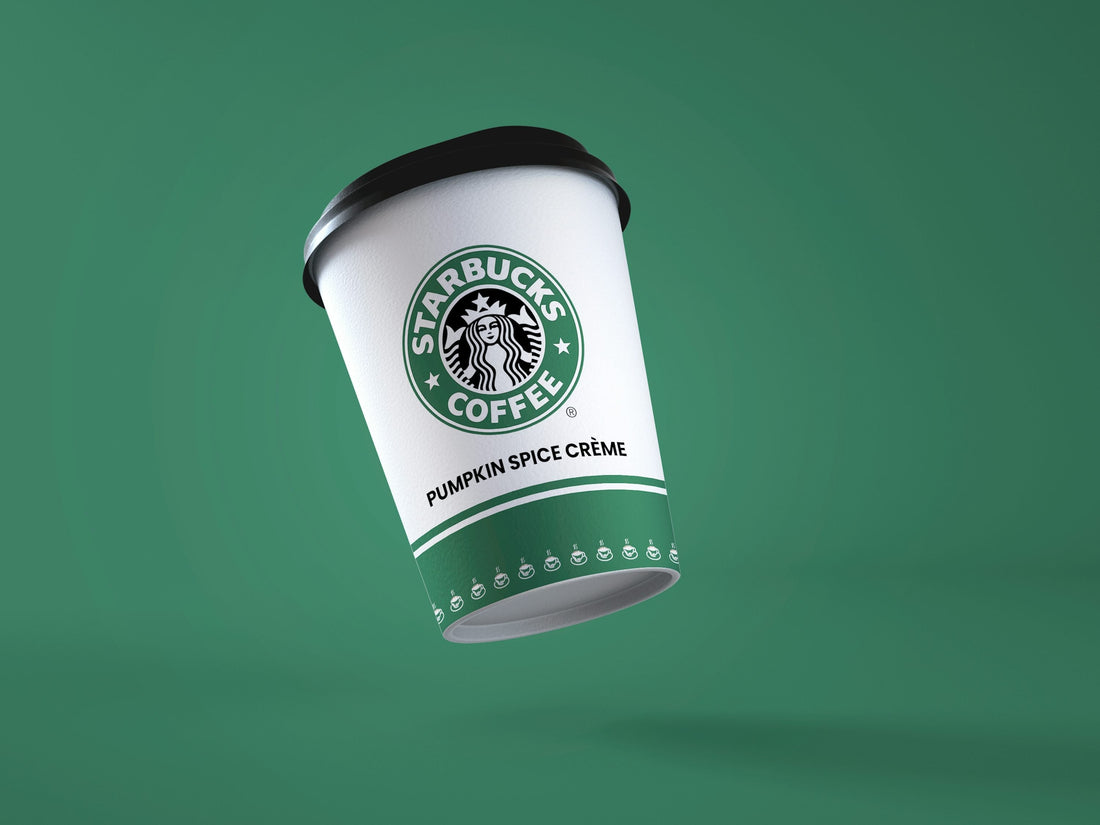
How Starbucks Brewed a Better ERP to Keep Your Coffee Hot
Introduction: Behind Every Hot Cup, a Smarter System
From Seattle to Singapore, the Starbucks experience is remarkably consistent: fast service, fresh coffee, and reliable operations. That kind of consistency across thousands of stores doesn’t happen by accident.
It’s the result of strategic ERP and POS integration designed to power one of the most operationally complex retail food chains in the world.
While ERP failures dominate headlines, Starbucks offers a rare example of enterprise technology done right. Through a carefully orchestrated digital transformation, Starbucks streamlined inventory, order management, and global logistics without disrupting the customer experience.
Here’s how they did it and what other businesses can learn.
The Challenge: Scaling Consistency in a Global Retail Environment
As Starbucks expanded globally, its legacy systems couldn’t support the scale and pace of modern retail operations. Key operational pain points emerged:
-
Inventory misalignment across store locations
-
Disconnected POS data, resulting in reporting delays
- Limited demand forecasting visibility
- Supply chain inefficiencies during seasonal spikes or promotions
To address these issues, Starbucks launched a multi-phase initiative to modernize its ERP and POS infrastructure prioritizing integration over reinvention.
“We didn’t want to just digitize we wanted to intelligently connect the business.” — Starbucks Tech Leadership
The Strategy: Integration Over Complexity
Rather than replace everything at once, Starbucks focused on connecting its ecosystem through modular, scalable technologies:
-
SAP ERP became the backbone for inventory, logistics, finance, and vendor management
-
Upgraded POS systems were linked in real time to backend inventory and sales data
-
Cloud platforms and mobile apps unified employees, customer channels, and fulfillment workflows
- Analytics and AI tools enhanced forecasting and replenishment across locations
This wasn’t a radical rebuild, it was a strategic modernization designed to scale without disruption.
The Results: A Real-Time Retail Engine
✅ Inventory Visibility at Scale
Thousands of stores now benefit from real-time inventory tracking, reducing both stock-outs and excess.
✅ Faster Service, Less Waste
Accurate per-store demand planning optimizes restocking, improves freshness, and shortens wait times.
✅ Unified Data Across Channels
Mobile orders, delivery apps, and in-store POS feed into one system, supporting better decisions and more accurate forecasts.
✅ Global Scalability
With standardized systems, Starbucks can open new markets quickly while maintaining operational consistency.
What Businesses Can Learn from Starbucks
✅ Integrate Intelligently
You don’t need more tools, you need systems that work together seamlessly. Prioritize interoperability and avoid unnecessary complexity.
✅ Connect POS and Inventory in Real Time
Real-time visibility drives operational responsiveness. It's essential for any business with dynamic inventory and customer demand.
✅ Support Experience, Not Just Efficiency
ERP isn’t just about reducing cost. Starbucks’ system was designed to enhance the employee experience and the customer journey.
✅ Act Before Systems Break
Starbucks upgraded before critical failures. Proactive transformation is less costly and far less disruptive than reactive repair.
Why This Story Matters
ERP success stories are rare, especially in complex, customer-facing industries like retail food service. Starbucks shows that a well-executed ERP strategy can become a competitive advantage while supporting scale, speed, and brand consistency.
“ERP doesn’t just keep coffee flowing... it powers customer trust, operational resilience, and global scale.”
Whether you're running one location or managing thousands, the lesson is the same: great experiences are built on great systems.
Looking to modernize your ERP without disrupting service?
→ Join The Community
Final Thought
Starbucks didn’t just update it's systems, it aligned them with its mission: delivering a reliable, personalized experience at scale.
The next time you grab a cup of coffee in any corner of the world, remember: behind that smooth service is a highly orchestrated digital supply chain quietly powered by ERP done right.
